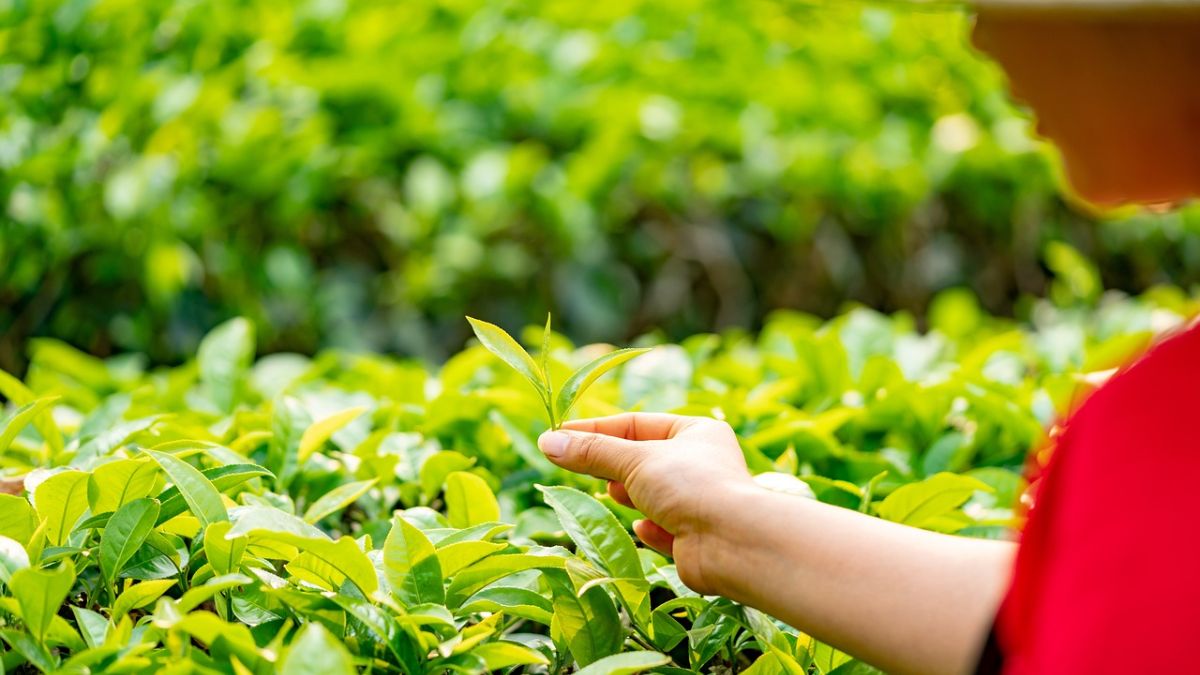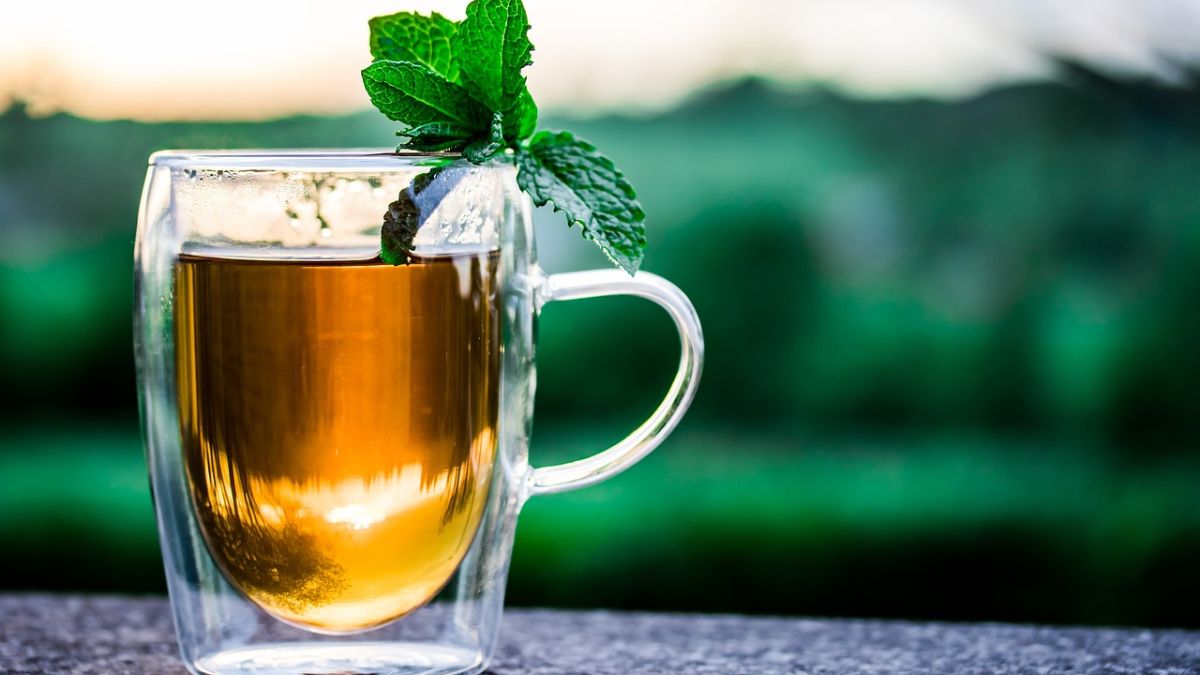Tea, the world’s most popular beverage after water, boasts a rich history and a global presence. From delicate green teas to robust black varieties, tea cultivation and consumption are deeply ingrained in cultures worldwide. This article explores the top 10 tea producing countries, delving into their unique growing conditions, tea varietals, and contributions to the global tea industry.
1: China: The Undisputed Leader
China, the birthplace of tea, reigns supreme in global tea production. With a history of tea cultivation dating back millennia, China produces a staggering 2.4 million tonnes of tea annually, accounting for over 60% of the world’s total. The diverse geography of China allows for the cultivation of a wide range of tea varietals, including green teas like Longjing and Dragonwell, black teas like Keemun and Dianhong, and the unique Wuyi oolong teas.
2: India: A Land Steeped in Chai Culture
India is the world’s second-largest tea producer, contributing around 900,000 tonnes annually. Assam, a strong, malty black tea, is India’s most famous variety and a staple ingredient in the beloved “chai” beverage. Darjeeling, a lighter black tea known for its muscatel flavor, is another prized Indian tea. The verdant hills of Munnar and the Nilgiris are home to flourishing tea plantations, and tea production plays a significant social and economic role in many Indian regions.

3: Kenya: The King of African Tea
Kenya, though a newcomer compared to China and India, has emerged as a major tea producer, contributing around 305,000 tonnes annually. The fertile Kenyan highlands provide ideal conditions for growing black tea known for its strong, brisk flavor. Kenyan tea is a vital part of the nation’s economy and a popular choice for blending with teas from other regions due to its consistent quality and color.
4: Sri Lanka: The Island of Ceylon Tea
Sri Lanka, formerly known as Ceylon, boasts a rich tea heritage dating back to the 1800s. The country produces around 300,000 tonnes of tea annually, primarily black tea varieties like Ceylon Breakfast and Nuwara Eliya. Sri Lankan tea is known for its bright color, full-bodied flavor, and distinct aroma. The scenic hill stations where tea is cultivated are a major tourist attraction, offering visitors a glimpse into the world of tea production.
5: Turkey: A Black Sea Delight
Turkey, a prominent tea-consuming nation, is also a significant producer, contributing around 175,000 tonnes annually. Turkish tea is almost exclusively black tea, typically consumed strong and often brewed in a double teapot set called a “çaydanlık.” Turkish tea culture is deeply ingrained in daily life, with tea being offered to guests and enjoyed throughout the day.

6: Vietnam: A Rising Star in Green Tea Production
Vietnam has seen a surge in tea production in recent decades, currently producing around 117,000 tonnes annually. The nation is particularly known for its high-quality green teas, such as Thai Nguyen and Long Coc, prized for their delicate flavor and health benefits. Vietnam’s favorable climate and skilled tea farmers are contributing to its growing prominence in the global tea market.
7: Indonesia: A Paradise of Diverse Teas
Indonesia, an archipelago nation with a rich volcanic landscape, produces around 157,000 tonnes of tea annually. Indonesian tea production is dominated by black tea varieties like Java and Sumatra, known for their strong, earthy character. However, Indonesia also produces green tea and oolong tea, showcasing the diversity of its tea industry.
8: Japan: Home of Exquisite Green Teas
Japan, a nation renowned for its meticulous tea cultivation practices, produces around 89,000 tonnes of tea annually. Green tea is the undisputed king of Japanese tea production, with Sencha, Gyokuro, and Matcha being the most prominent varietals. Japanese green teas are known for their umami flavor, vibrant color, and meticulous processing techniques. The Japanese tea ceremony, a UNESCO-recognized intangible cultural heritage, reflects the deep cultural significance of tea in Japan.

9: Iran: A Black Tea Tradition
Iran, a major tea consumer in the Middle East, produces around 84,000 tonnes of tea annually. Black tea reigns supreme in Iranian tea production, with varieties like Iranian Black and Lipton enjoying widespread popularity. Tea plays a central role in Iranian social gatherings and hospitality. The teahouses (chaikhanehs) are vibrant social hubs where people connect over steaming cups of tea.
10: Argentina: A South American Surprise
Argentina, better known for its impressive Malbec wines, also surprises as a tea producer, contributing around 70,000 tonnes annually. Tea production in Argentina is concentrated in the northeastern provinces of Misiones and Corrientes. Yerba mate, a unique type of green tea consumed in a gourd with a metal straw, is the national beverage of Argentina and a major part of the country’s tea production.
A Cup of Diversity
The top 10 tea producing countries paint a vibrant picture of global tea culture. From the deep-rooted traditions of China and India to the rising prominence of Vietnam and Indonesia, each nation contributes unique tea varietals, cultivation methods, and consumption rituals. As you sip your next cup of tea, take a moment to appreciate the journey it has taken, from the verdant fields of a distant land to your steaming mug. The world of tea offers a delicious exploration of diverse flavors, cultures, and traditions.










